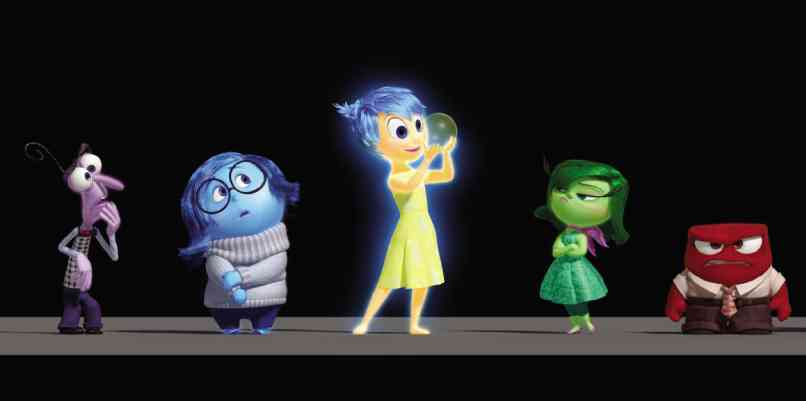MOST ANIMATED features dote on escapism and fantasy because they’re traditionally intended for children, thus giving hard-knocks and tough reality a very wide berth. Once in a rare while, however, we get to see an animated film that the entire family can enjoy and relate to—parents and even grandparents included!
The current example of this on view is “Inside Out,” by Pete Docter and Ronnie del Carmen—and its escalating success at the tills could presage a new era in animated filmmaking, not exclusively for kids, but for the young at heart—from 6 to 69!
Specifically, “Inside Out” focuses not on childish fantasy, but on the definitely older and more realistic concerns of adolescents—and their addled parents, who try valiantly to understand them and their frequent, confounding mood swings.
Fact is, the filmmakers first thought of making their landscape-altering movie where, as dads of adolescent girls, they personally experienced the awesome challenges of trying to wrap their adult, logical minds around the dizzyingly subjective thought processes and feelings of tweens and teens!
There were so many confounding conflicts and issues that cropped up that the two dads realized they had enough provocative material for myriad movies!
But, was the animated feature the right platform for it? Since this was their field of expertise, they decided to go for it, because the challenge was so huge and relatively untackled and unresolved that it would require them to be at their very best.
Having made that risky decision, they came up with an operative cinematic conceit that visualized and physicalized the contradictory mix of emotions that clash in every human child. Their resident baby, Riley, was given a “panel” of controlling feelings with names and individual characters—Joy, Anger, Sadness, Fear and Disgust.
Control room
They operated all of her systems from a control room with a complicated console that enabled them to “appropriately” react to all of “their” baby’s wants and needs, from waking up in the morning till bedtime—and beyond, because there were Riley’s dreams for them to manipulate and coordinate, as well!
Most of the time, the system worked wonderfully well—but one day, it fell apart, and the lead emotion, Joy, had to work desperately and creatively to snatch survival and success from the very jaws of utter disaster!
It’s amazing how this production can keep so many balls of different themes, problems and issues aloft at the same time—a cinematic juggling feat of spectacular proportions.
Small wonder then that the adults who view the film reward it with such gratitude—and older children are similarly appreciative for the movie’s helpful “hints” of what lies ahead for them!
For our part, however, we found “Inside Out” occasionally too big, complex and overblown, so the time came when we longed for a simpler, less brilliantly diverting approach.
Are we just being an old stick in the mud? We hope not—we do appreciate what the film has done. But, it would have been better, in our view, if it had kept its storytelling personal instead of “institutional,” and had not failed to see—the forest for the trees!
